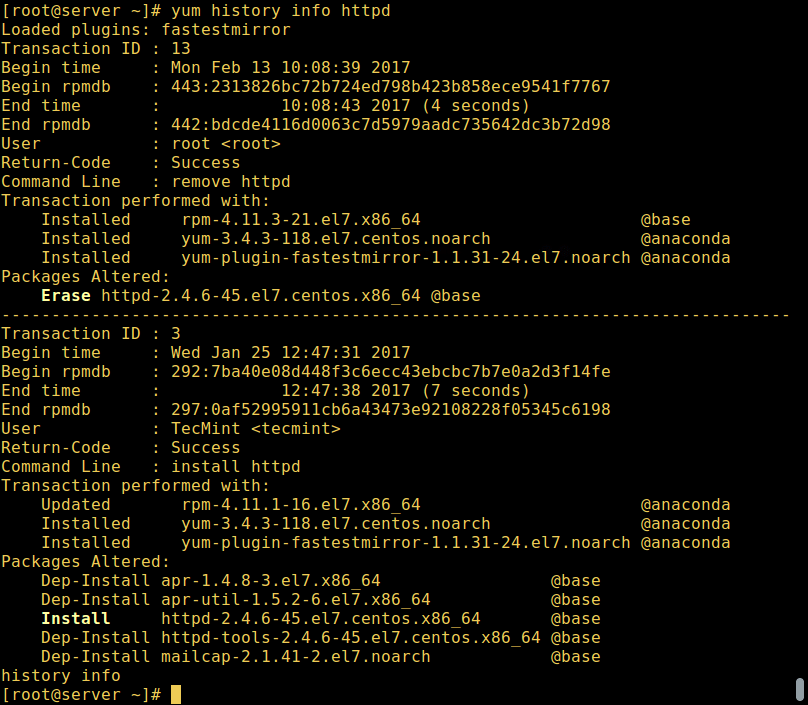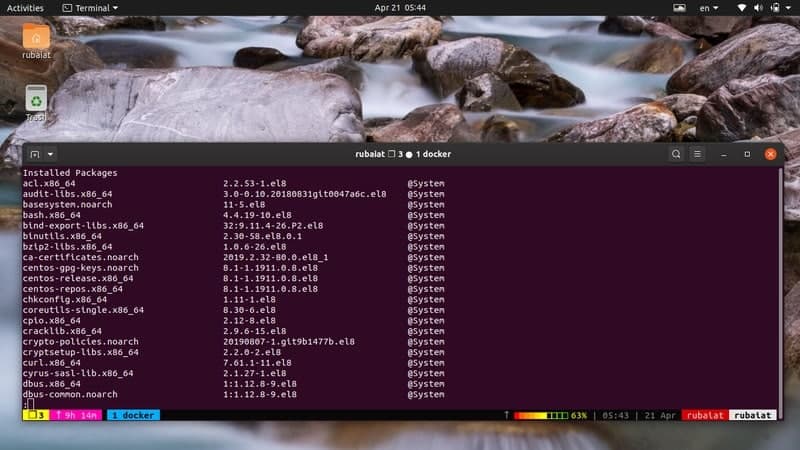
I can't be sure that this is everything i've installed myself, but it's a substantial fraction of it, at least.

programming: gcc-gdb-plugin java-1.8.0-openjdk java-1.8.0-openjdk-devel libomp List all installed and available Install packages: List all installed packages: List all available Install packages: List installed and available kernel.trying to get hardware to work right: acpi broadcom-wl dkms kmod-wl lshw vulkan.There are ~50 packages, most of which look at least somewhat familiar: However, if i look at the intersection of the 'userinstalled' packages and the leaves: comm -12 <(dnf leaves | sort) <(sudo dnf history userinstalled | sort) It lists only 142 packages, some of which i recognise, but some of which are kernels and common system packages. Note: yum repolist enabled echo anaconda appends "anaconda" to the repolist so that the packages installed at os-install time are also excluded.Dnf history userinstalled looks promising. The last program either tests if the third field begins with an or if it is in the list of repos.

As long as the input line has fewer than 3 columns/fields, append the next line to it.

Now, the complex-looking middle program simply recombines lines that yum automatically splits. The is prepended to the name for faster look-up when comparing against the final field in the installed-list.Those repo names beginning with ! are included, and the ! is excluded.That part loads the repository names into a hash, with the following caveats: <( yum repolist enabled echo anaconda ) \įor awk n00bs, the FNR=NR is an idiom to separate the first input file/stream from the rest of the inputs. I'm not sure it's possible to easily answer your question for any " active repository", but we can find all packages not installed via a repository with: awk 'NR 1


 0 kommentar(er)
0 kommentar(er)
